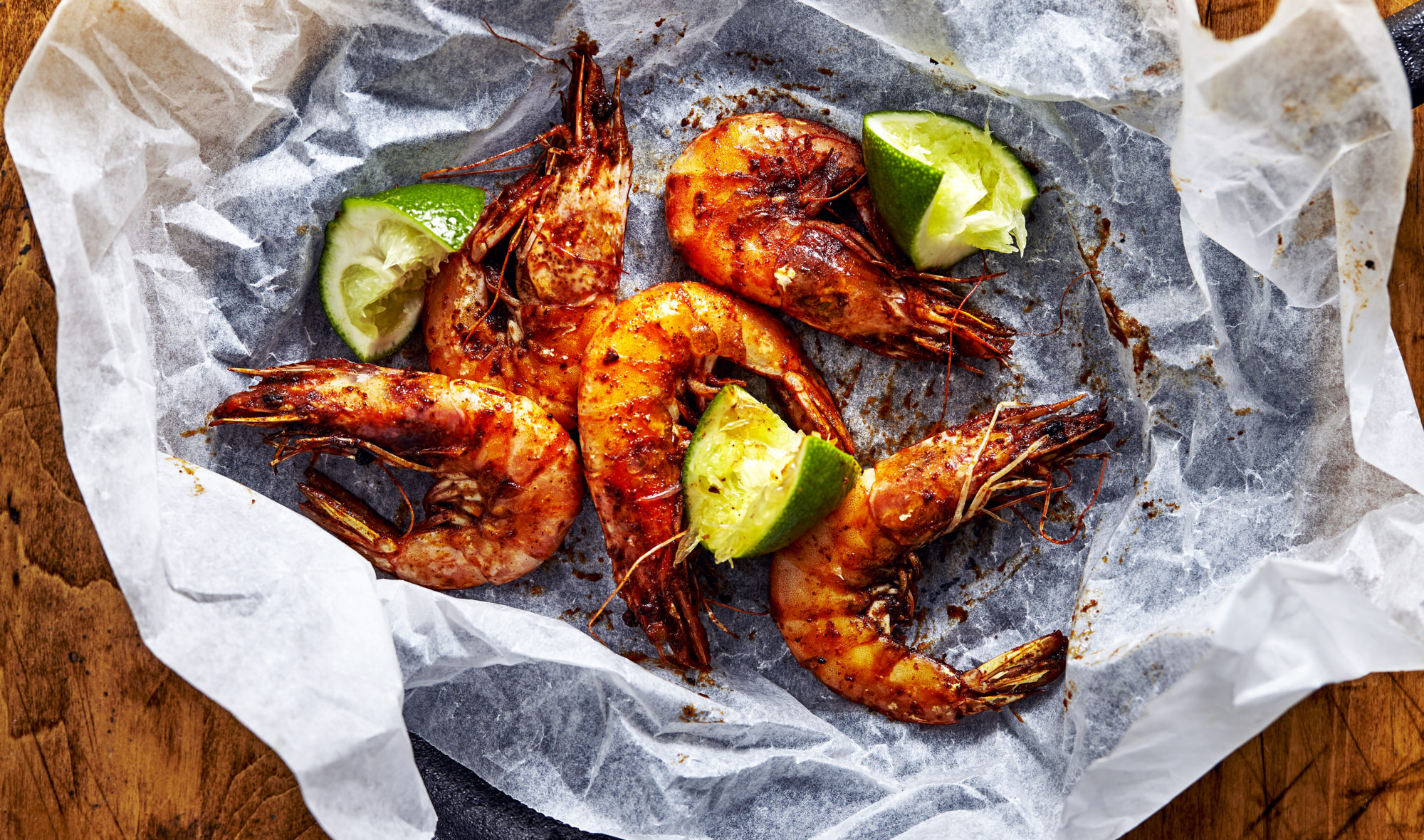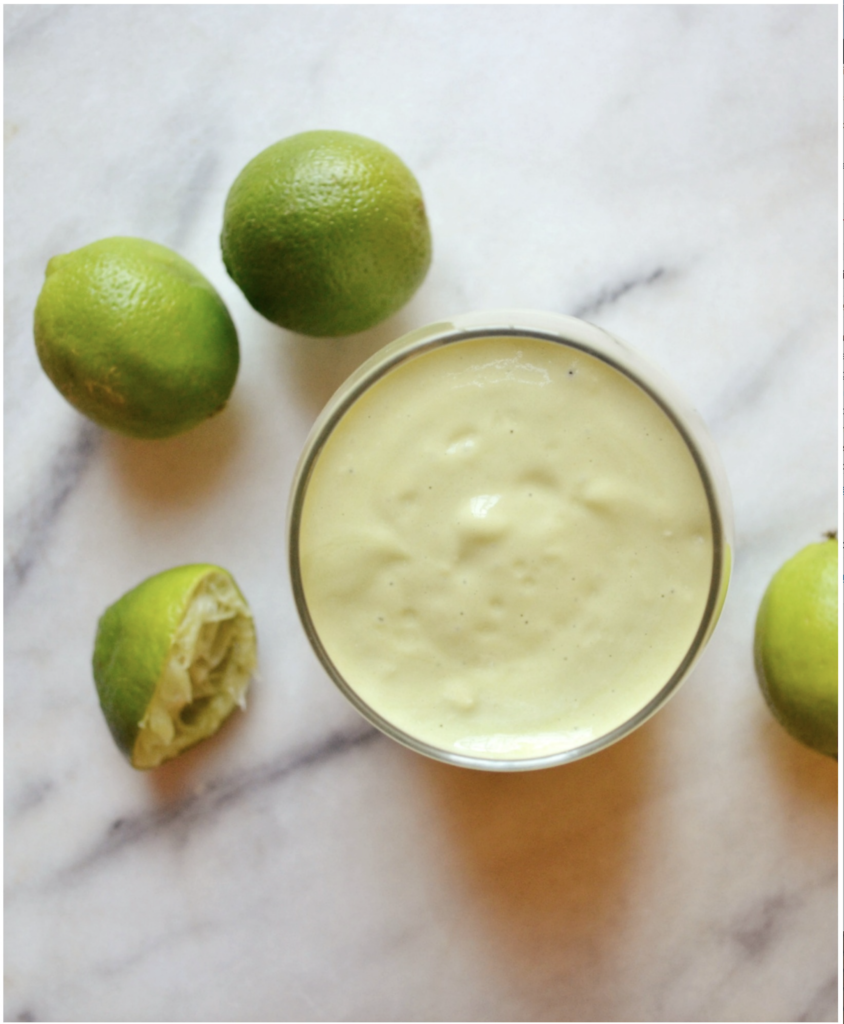
Join PN Level 2 for less than $9 USD/day! Affordable monthly payments now open.

Limes are glossy green petite citrus fruits with a cheek-puckering tartness and a hint of bitterness. Rich in vitamin C, limes were once used by sea-bound sailors to prevent scurvy. Rather than eaten whole as a fruit, lime juice and zest are generally used as a flavoring agent. Famously, lime juice is a prime ingredient in margaritas. In addition to stumbling over lawn chairs, making too many margaritas is also associated with another hazard: margarita burn. Also called phytodermatitis, this affliction occurs when the skin is exposed to ultraviolet light after contact with lime peel or juice, which, in rare cases, has resulted in severe second-degree burns. So moderate your margarita making or stay in the shade.
The lime is a cheek-puckering citrus fruit similar to a lemon, except more petite, bright green, and with a twang of bitterness.
Limes are thought to have originated in Southeast Asia, and through various crusades and migrations, eventually spread to the Middle East, Northern Africa, Southern Europe, the Caribbean, and other regions with hot and humid climates.
In the 19th century, British explorers, traders, and sailors, captive on long voyages at sea used vitamin C-rich lemons and limes to prevent scurvy. It is from this practice that the term “limey” originated. Originally used as a derogatory term for British sailors, it is now still cheekily used to describe a person of British descent.
There are many varieties of lime, such as the Key lime, the Persian / Tahitian / Bearss lime, the Kaffir lime, the sweet lime, and the desert lime, which all vary slightly in appearance and level of sweetness / sourness. In North American grocery stores and bar rails, the most commonly encountered species are the Key lime and the Persian lime.
And speaking of bars, a unique occupational hazard for outdoor bartenders working with limes is the scourge of the “margarita burn”. Chemicals in limes cause skin to be more photosensitive and therefore more prone to burning. When the skin is exposed to ultraviolet light after contact with lime peel or juice, a reaction known as phytodermatitis can occur, which, in rare cases, has resulted in severe second-degree burns.
We hope that freshly squeezed margarita was worth it.
While there are several varieties of lime, the most common species found in North America are the Key lime and the Persian lime.
Persian limes are generally larger and slightly oblong, often with a little projecting belly button on one end. Comparatively, Key limes are rounder, more petite, and turn yellowish when ripe. In flavor, Key limes are slightly more tart and bitterer than Persian limes.
All varieties have a glossy bright green peel which will appear to have “pores”. These pores are actually oil glands which store the volatile and highly aromatic essential oils of the fruit. Under the peel arranged in a circle are crescent-shaped segments filled with tiny juice-filled capsules. Some limes have tiny seeds, and some are seedless.
The primary flavor of limes is sour, similar to that of a lemon. However, unlike lemons, limes are also slightly bitter with subtle floral notes.
Generally it is only the juice and zest of limes that is used rather than eating the whole fruit.
One ounce of lime juice (about 30g) has 8 calories, 0.1g protein, 2.6g of carbohydrates, 0.1g fiber, and 0.5g sugar, and no appreciable fat. Limes are an excellent source of vitamin C.
Fresh limes are widely available at most grocery stores and fresh produce markets.
To pick a good lime with lots of juice, choose those that are heavy for their size, with relatively finely textured skin. A ripe lime will be bright green, or in the case of Key limes, slightly yellow. An overly mature lime may show signs of wrinkling, or have soft or hard patches.
Non-organic limes are likely sprayed with pesticides and herbicides, and may be coated with a fine wax (used to protect limes against trauma during shipping), so if you plan to zest the rind, wash it well with food-safe soap or a specialized fruit and vegetable wash.
Alternatively, you can choose organic limes, which, while free of these coatings, may still need to be washed to reduce bacteria encountered during handling.
Limes can be stored at room temperature, away from sunlight, for about a week. Limes can also be stored in the fridge for about two weeks.
Both lime juice and zest can be stored in airtight containers in the freezer for up to six months.
Generally, it is the juice and zest of limes that are consumed.
The best way to juice a lime is to first roll it under your palm over a hard surface to break up some of the juice capsules within, and then, using a sharp knife, slice it in half. Over a loosely cupped (clean) hand, squeeze the lime over a bowl. Your hand will act as a coarse sieve, catching the seeds but letting the juice drip into the bowl.
Note: Citrus fruits produce more juice if warm, so avoid refrigerating limes you are about to juice. Although some people will suggest microwaving a lime to yield the most juice, heating them to high temperatures will destroy much of their vitamin C content.
In order to zest a lime, use a fine grater or a microplane. Be sure to wash the peel first, then grate the colored surfaced of the fruit. The white pith just underneath is rather flavorless so focus on the zesting the green rind.

This smoothie is silky smooth and has the bright, zingy flavor of key lime pie. The avocado forms a luxurious, creamy base and the lime, honey, and vanilla marry to add sweetness and tang.
Prep Time: 5 minutes Cook Time: 0 minutes Yield: 1 serving
Begin by cutting the avocado in half, removing the seed, and scooping out the avocado meat into the bowl of your high-power blender or food processor.
Next, juice the lime and add the lime juice to the blender / food processor. Add the remaining ingredients and process until smooth. Serve immediately.
Enjoy!
Precision Nutrition’s Encyclopedia of Food expands every single month as we highlight new foods and showcase beautiful food photography. If you’d like to stay up to date, simply click this link. From there, we’ll send you a FREE copy of our recipe book. We’ll also let you know when new and delicious foods are added to the site.
Limes are glossy green petite citrus fruits with a cheek-puckering tartness and a hint of bitterness. Rich in vitamin C, limes were once used by sea-bound sailors to prevent scurvy. Rather than eaten whole as a fruit, lime juice and zest are generally used as a flavoring agent. Famously, lime juice is a prime ingredient in margaritas. In addition to stumbling over lawn chairs, making too many margaritas is also associated with another hazard: margarita burn. Also called phytodermatitis, this affliction occurs when the skin is exposed to ultraviolet light after contact with lime peel or juice, which, in rare cases, has resulted in severe second-degree burns. So moderate your margarita making or stay in the shade.